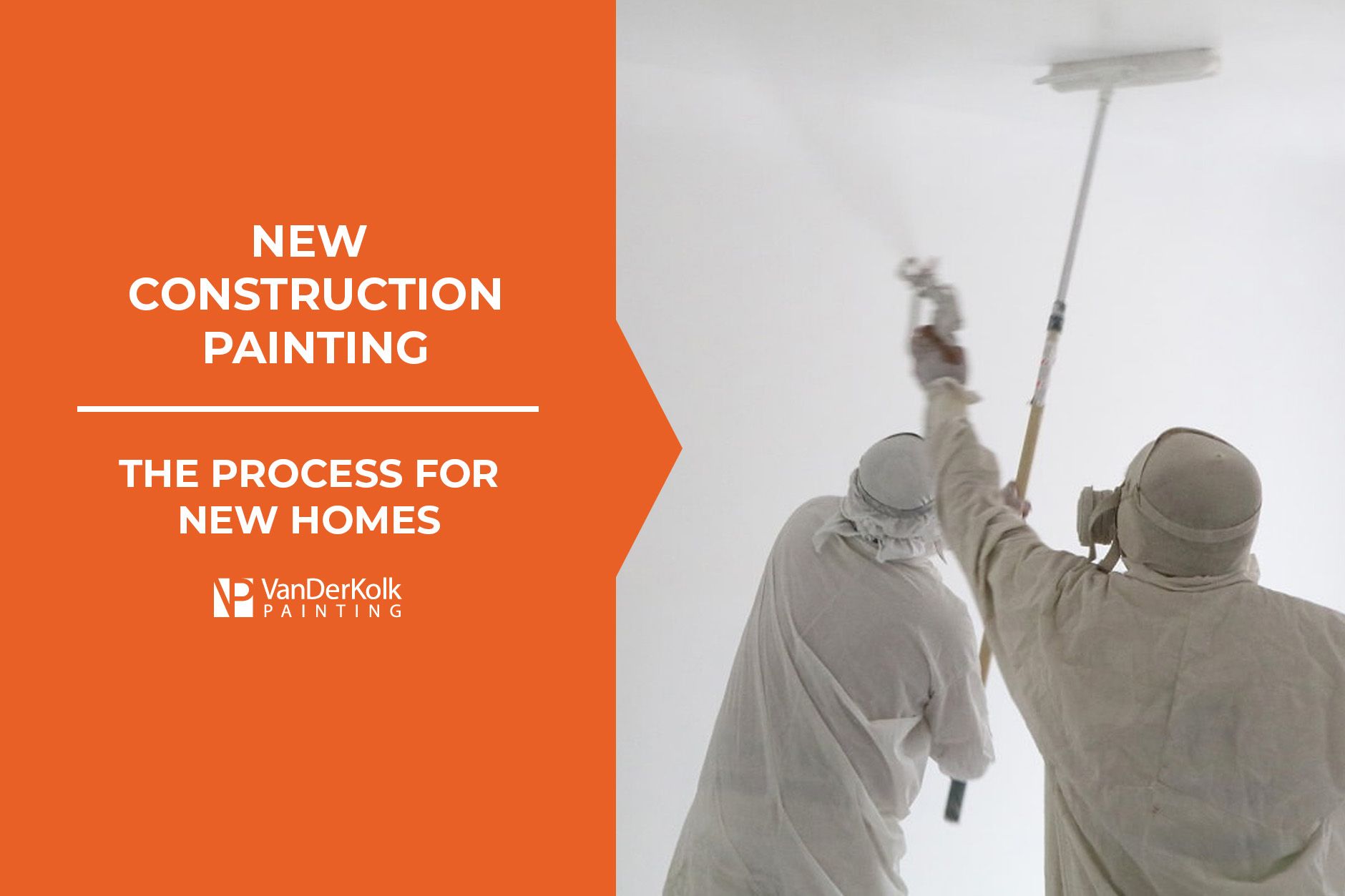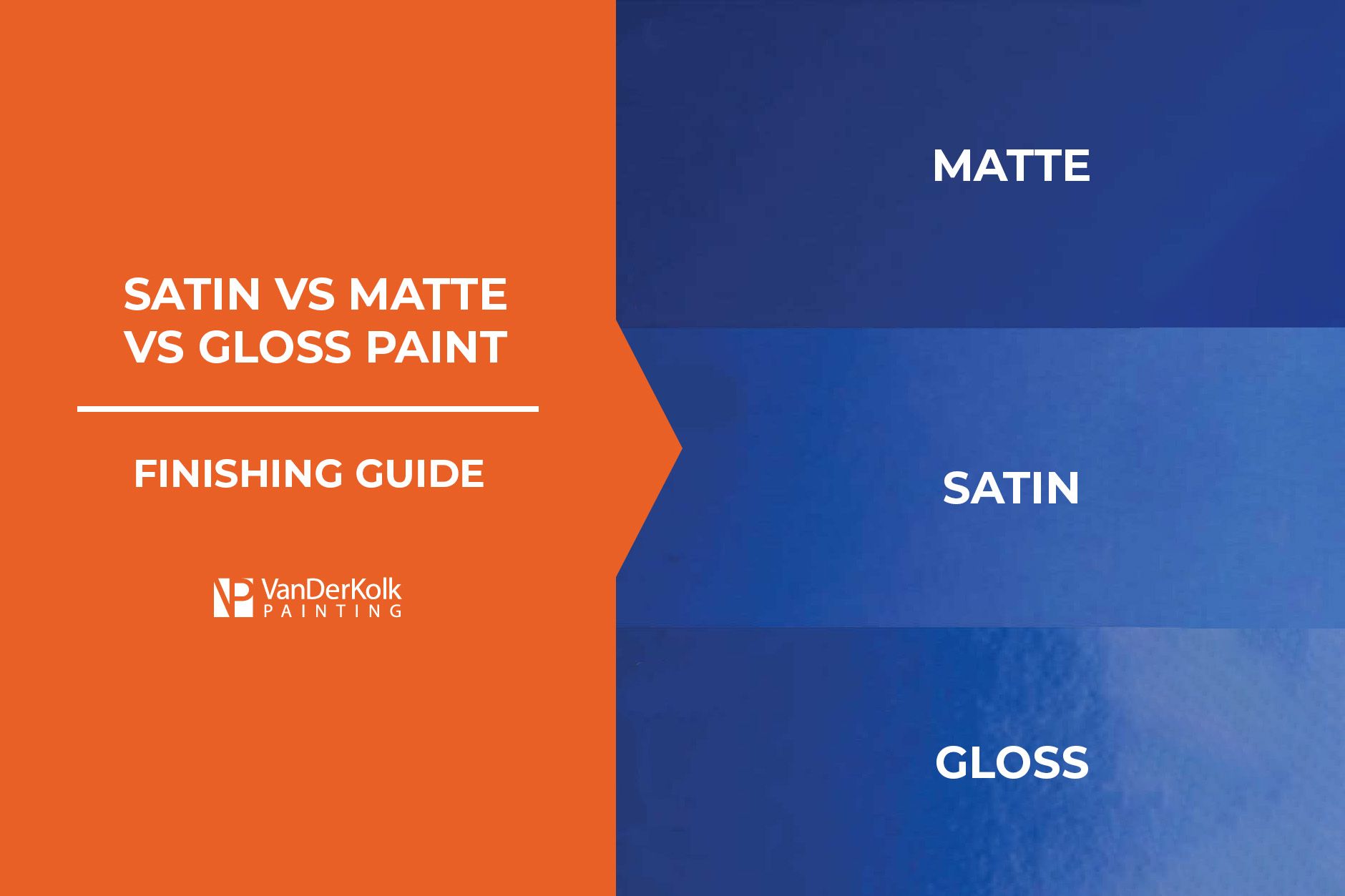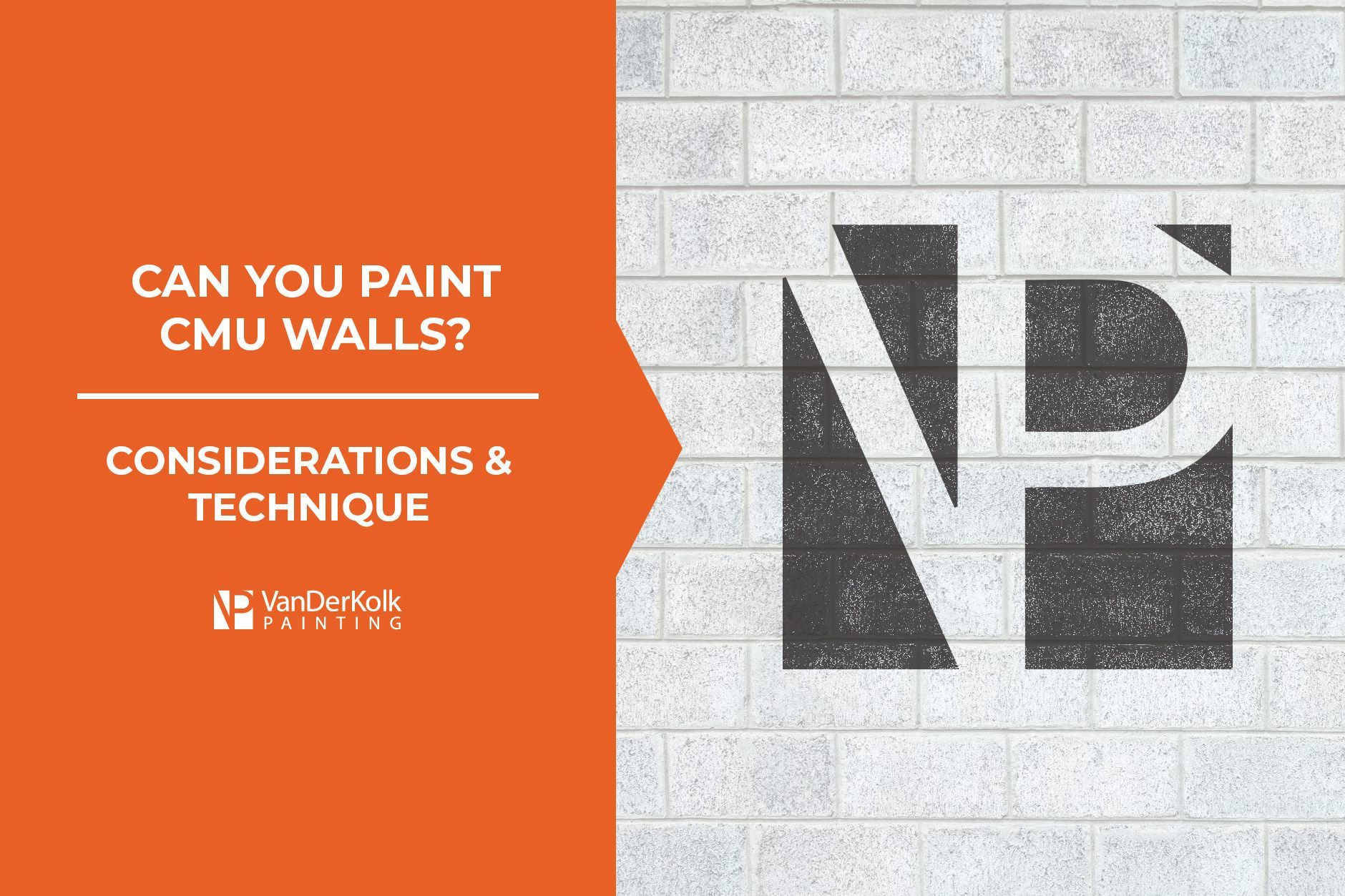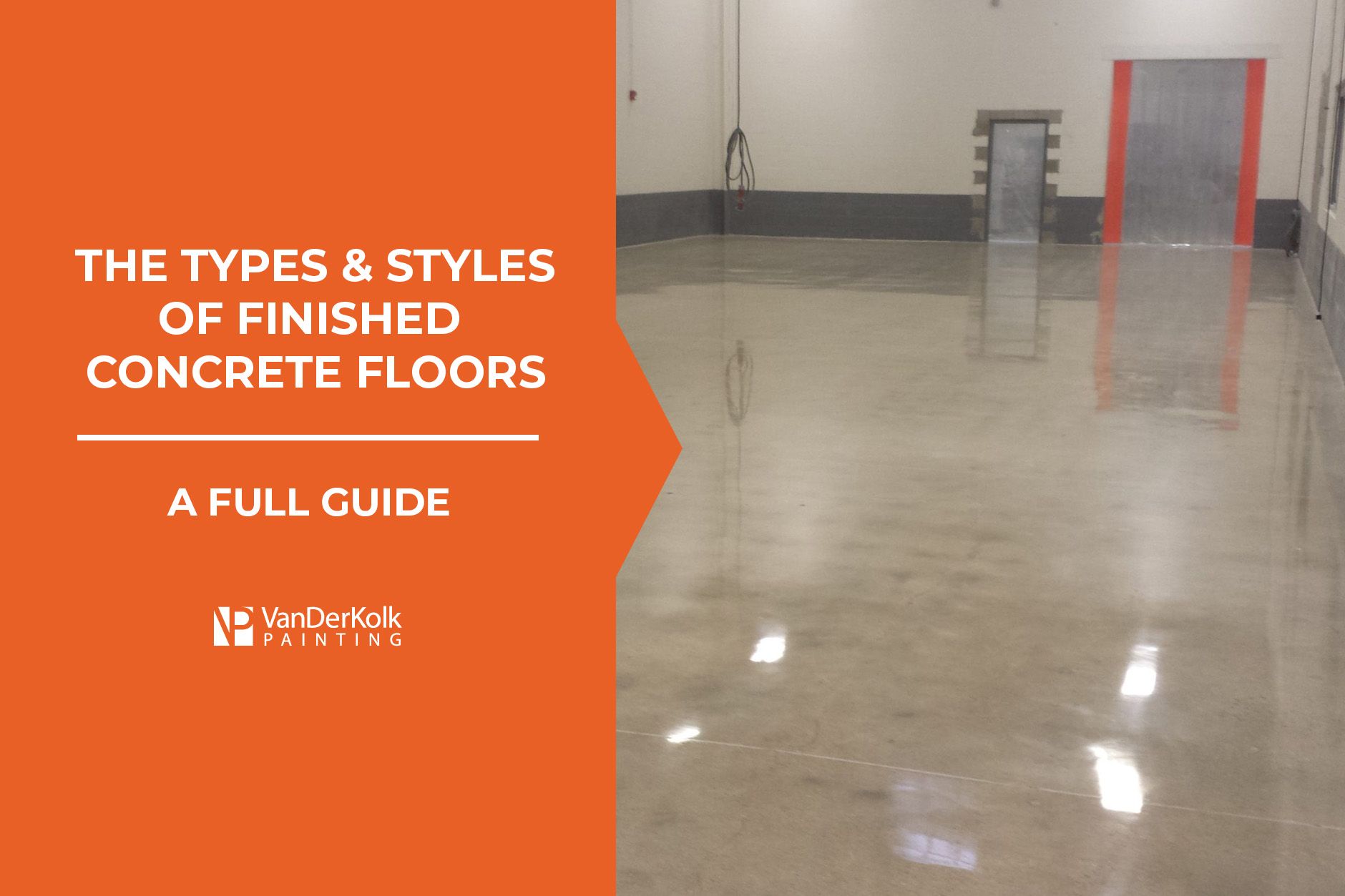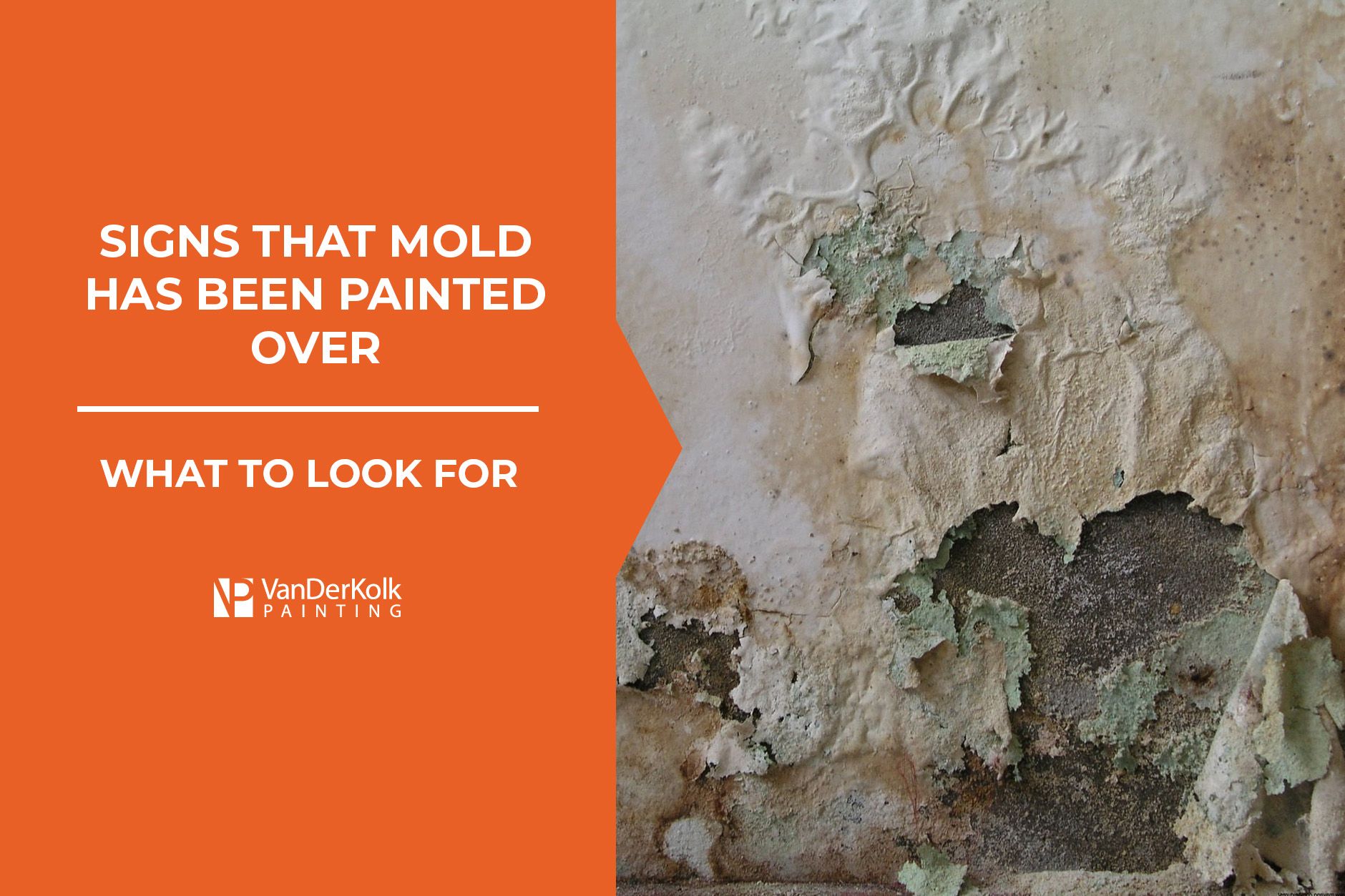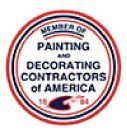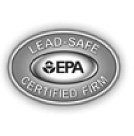When is it Too Cold to Paint Outside? Safe Temperature Range for Exterior Paint
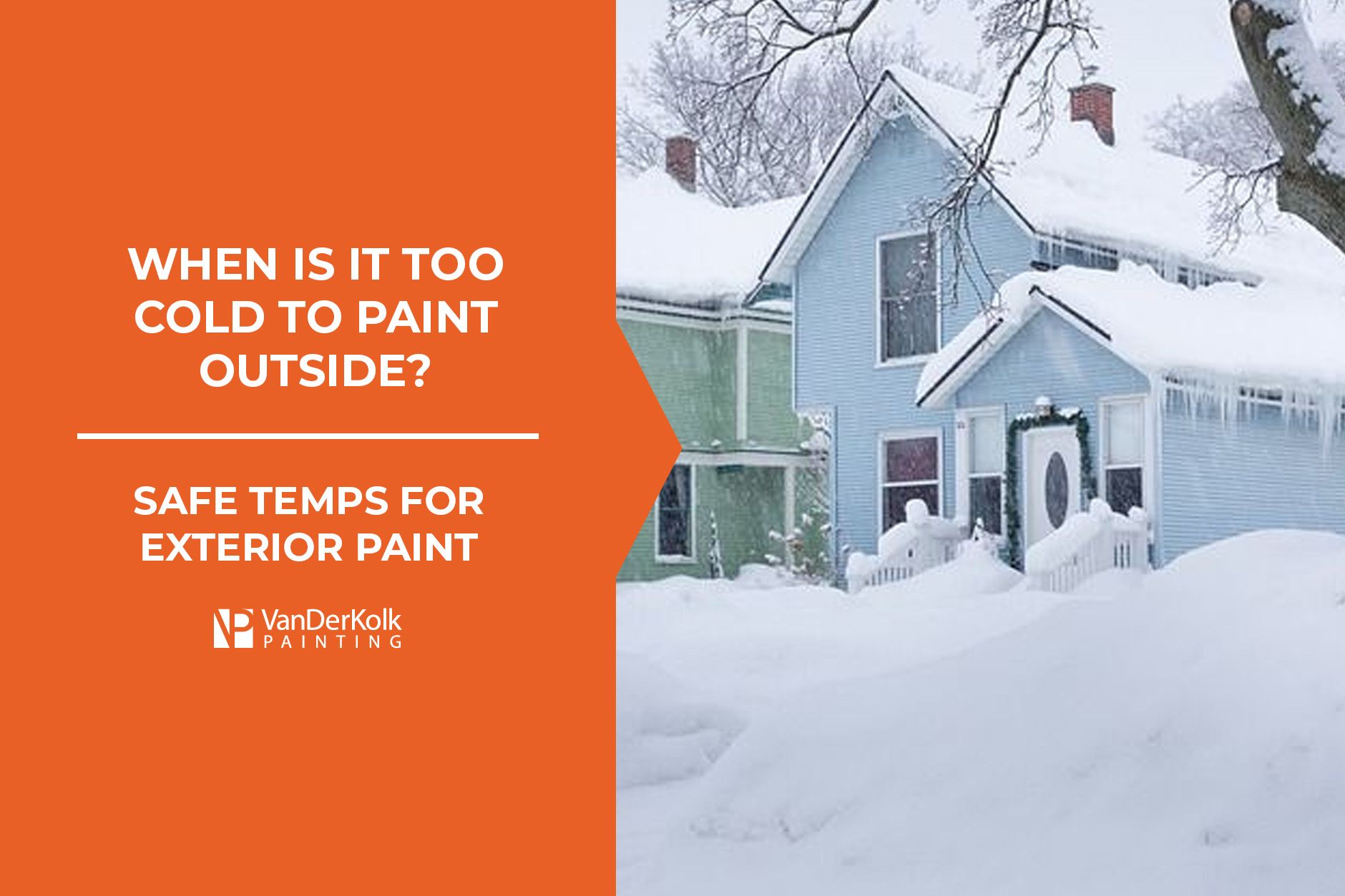
Over time, the exterior paint on your home can fade or crack from exposure to the elements. As you look to enhance your curb appeal, especially when spring and summer are coming, many homeowners have an itch to repaint exterior structures, such as their homes, fences, garages, and sheds.
But before you set aside a weekend to tackle this
exterior painting project, it’s important to plan accordingly with the weather. The temperature and humidity play a major role in the quality and result of your exterior painting project. If you’re looking to take on exterior painting in the next few weeks, you have to ask yourself, when is it too cold to paint outside?
At
VanDerKolk Painting, we aim to provide the highest-quality painting project results and information to
our Michigan residents. So, before you grab your paintbrush and ladder, we’re diving into safe temperature ranges for exterior paint and when is the best time to paint outside!
When is it Too Cold to Paint Outside?
It is too cold to paint outside if the temperature is below 50℉ during the day or below 32℉ at night. For Grand Rapids residents, this means that you should hold off on exterior painting projects from December to March.
What is the Ideal Temperature for Exterior Painting?
The ideal temperature range for exterior painting depends on the type of paint you use.
For latex paint, the best temperature range is between 50℉ and 85℉. However, some latex paint formulas can withstand temperatures down to 35℉. For oil-based paint, the range is a bit wider, allowing you to paint in temperatures from 40℉ to 90℉.
It’s always important to read the instructions on the type of paint you buy to learn more about the ideal temperature range for that specific formula.
How Does Temperature Affect Exterior Paint?
You may feel inclined to ignore our recommendations about the ideal temperature ranges for exterior painting, but we offer this advice with good reason! Temperatures that are too cold or too hot can cause all of your hard work to end in a poor result.
Cold Temperature Effects on Exterior Painting
When the temperature is below 50℉, the colder weather can have negative effects on your exterior painting project.
These include:
- Slow Dry-Time - Cold weather can cause the paint to dry slowly and not cure properly, resulting in poor adhesion, cracks, and peeling.
- Moisture Issues - Cold weather increases the formation of dew on surfaces, which can cause poor adhesion of the paint.
- Freezing - If water-based paint is used, it could freeze, making the paint unusable or causing an uneven texture if it is already applied.
- Brittle Finish - Paint applied in very cold temperatures can have a brittle finish and less durability over time.
Hot Temperature Effects on Exterior Painting
Temperatures above 85℉ can also disrupt or ruin your exterior painting project results.
These effects include:
- Too Fast Dry-Time - If the paint dries too quickly due to the heat or sun, it can result in poor adhesion and the appearance of brush strokes or roller marks.
- Blistering - When painting in hot temperatures or direct sunlight, it could cause the top layer of paint to dry before the coat underneath, resulting in moisture build-up and blistering paint.
- Weakened Durability - Painting in high temperatures can cause the paint to lose elasticity, resulting in cracks and a less durable product.
Temperature Fluctuation Effects on Exterior Paint
It isn’t just the daytime temperature you must pay attention to when painting outside. You also have to consider the drop in temperature as the sun sets and during the night.
Major fluctuations in temperature can cause the surface to which the paint has been applied to expand and contract, resulting in poor adhesion of the paint.
Additionally, if the paint hasn’t had time to cure during the day before the nighttime temperatures drop, it could result in the paint not properly setting or curing.
Does Humidity Affect Exterior Painting?
Now, we know that the best temperatures to paint outside are between 50℉ and 85℉, but you also have to account for the humidity. Painting in environments with too much or too little humidity can cause your paint to peel, crack, or bubble.
The ideal humidity range is between 40% and 70%.
High humidity can cause delayed dry time, mold and mildew growth, poor adhesion, blistering, and uneven texture. Check out our blog post with
tips for painting in high humidity, which is very common in Grand Rapids, Michigan!
While low humidity can cause the paint to dry too quickly, which can result in poor leveling and the appearance of brush strokes.
When is the Best Time to Paint Outside?
For residents of Grand Rapids, Michigan, the best time of year for exterior painting is from April to July. The temperatures and humidity levels are within the ideal range for painting with latex exterior paints.
Before you choose a weekend or day to start your exterior painting project, there are some factors you should consider.
Temperature
In general, painting outdoors in the spring or autumn months offers the ideal daytime temperatures with no significant drop at night. Of course, this will depend on where you live. So, keep an eye on the weather and for any heat waves or cold fronts coming your way.
Remember, the best temperature range for acrylic paint is 50℉ to 85℉ and 40℉ to 90℉ for oil-based paint.
Humidity
Remember to check the humidity levels and temperatures. You want to aim for days that are between 40% and 70% humidity.
Clear Skies
Rainy days can definitely ruin an exterior painting project. When looking at the forecast, make sure that rain is not expected within 48 hours after you have finished your painting.
Aim for Mid-Morning Painting
The best time of day to paint outside is mid-morning. This allows the day to become warm enough to paint and for the paint to dry before the night temperatures begin the drop, ensuring optimal adhesion and curing.
Pro Tip: Consider the Surface Temperature
Throughout this blog post, we’ve mostly been talking about the temperature of the air. But the temperature of the surface that you wish to paint is also extremely important! If the surface temperature is too hot or cold, then it could affect how well the paint applies and dries.
For surfaces that are in direct sunlight, they will likely be hotter than the air temperature. Surfaces that are in the shade will likely be cooler. This is important to consider before starting your exterior painting project.
Enhance Your Curb Appeal This Spring with VanDerKolk Painting
Winter is the best time to plan your home improvement projects once springtime rolls around—including painting your home’s exterior, garages, sheds, or fences. And there is no better way to do it than with professional help from VanDerKolk Painting!
For more than 30 years, our team of expert painters has helped Grand Rapids residents and businesses transform the
exterior of their homes and
businesses with a fresh coat of paint. We’ll decide the perfect time to get the job done as well as the best paint for your project to ensure long-lasting results.
Get a free estimate for your exterior painting project today!
Request A Free Quote
Our Services
Residential Services
Commercial & Industrial Services

